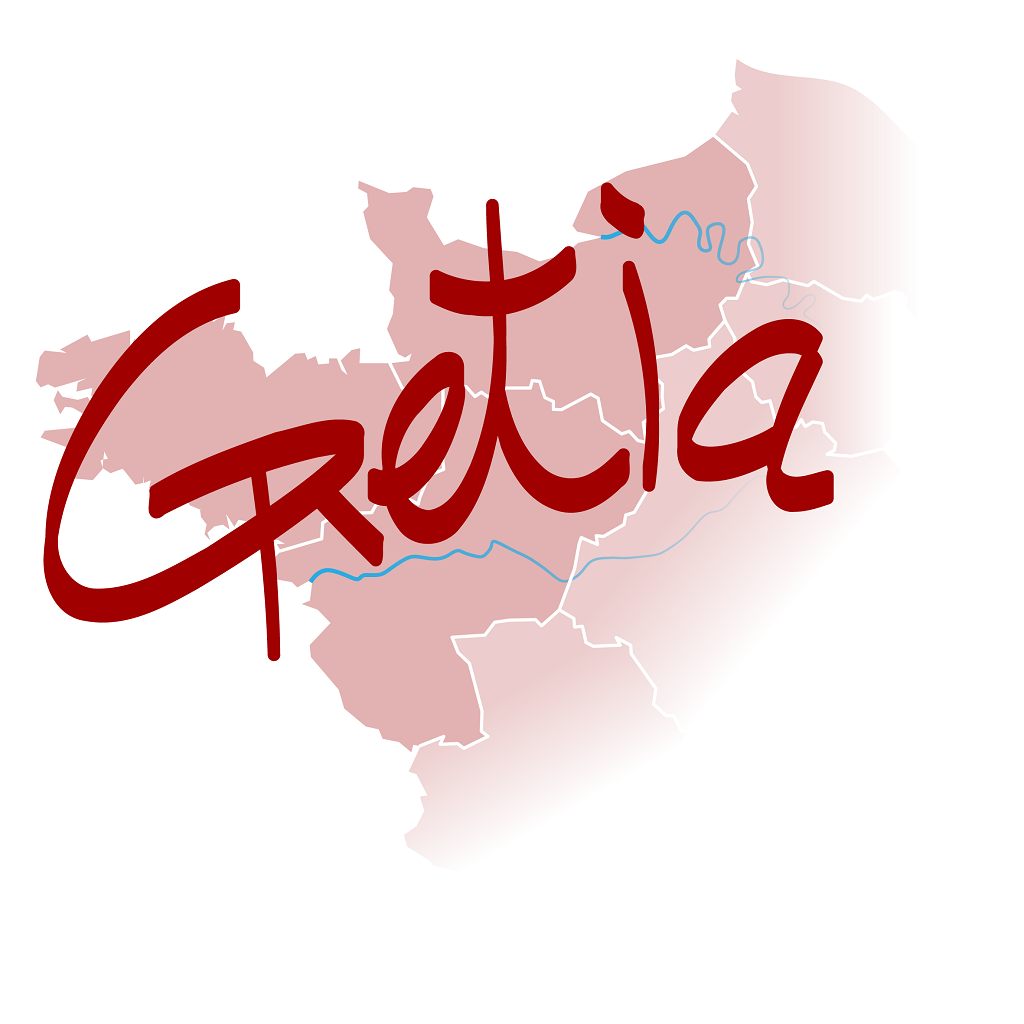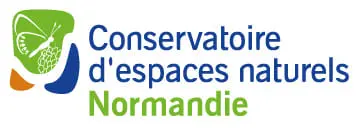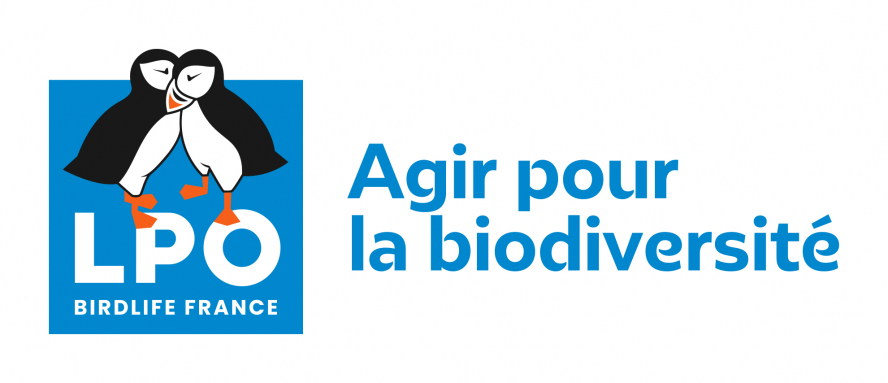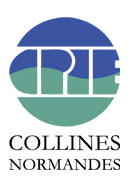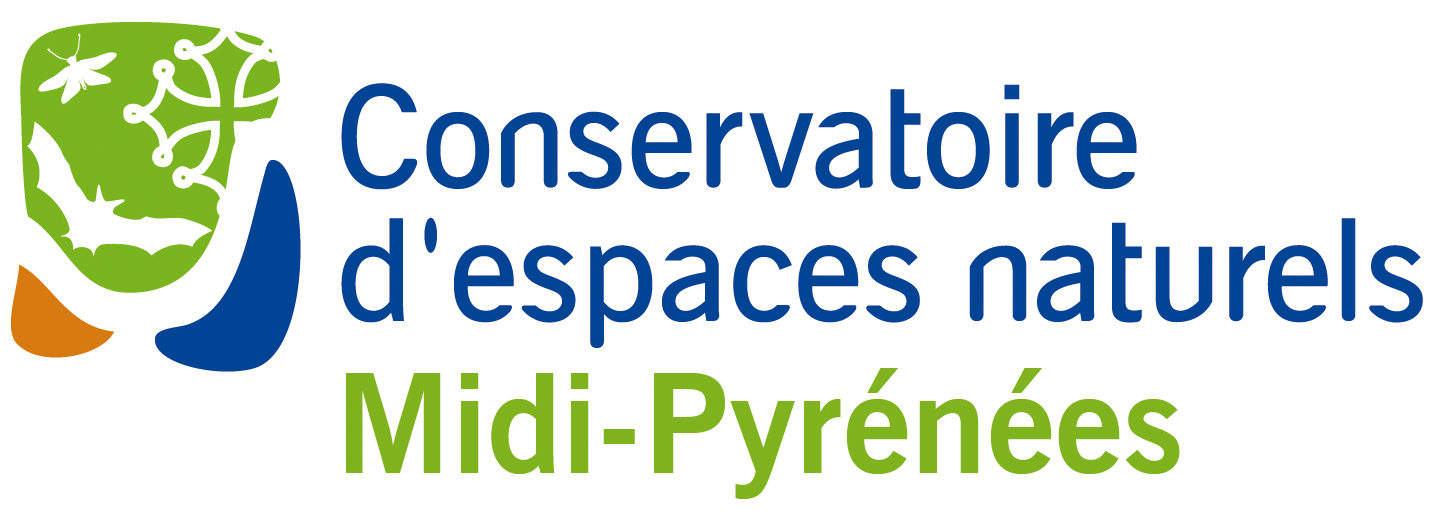Sympétrum fascié (Le)
Sympetrum striolatum (Charpentier, 1840)
- 220 observations
-
93
communes -
63
observateurs
29
organismes -
Première observation
1905 -
Dernière observation
2024
Alençon - Argentan - Athis-Val de Rouvre - Aunay-les-Bois - Bagnoles de l'Orne Normandie - Bailleul - Banvou - Bazoches-sur-Hoëne - Beauvain - Belforêt-en-Perche - Boischampré - Bretoncelles - Briouze - Brullemail - Canapville - Carrouges - Ceaucé - Chailloué - Champsecret - Charencey - Cisai-Saint-Aubin - Condé-sur-Sarthe - Coudehard - Coulonges-sur-Sarthe - Cour-Maugis sur Huisne - Crulai - Domfront en Poiraie - Écouché-les-Vallées - Écouves - Essay - Feings - Gandelain - Giel-Courteilles - Gouffern en Auge - Habloville - Hauterive - La Bellière - La Chapelle-au-Moine - La Chapelle-Montligeon - La Chapelle-près-Sées - La Chapelle-Souëf - La Ferrière-Béchet - La Ferté Macé - La Lande-de-Goult - La Madeleine-Bouvet - La Motte-Fouquet - Le Bouillon - Le Cercueil - Le Champ-de-la-Pierre - Le Châtellier - Le Ménil-Broût - Le Ménil-de-Briouze - Le Pin-la-Garenne - Les Monts d'Andaine - Les Ventes-de-Bourse - Longny les Villages - Lonlay-l'Abbaye - L'Orée-d'Écouves - Magny-le-Désert - Mantilly - Marchemaisons - Ménil-Hermei - Ménil-Hubert-sur-Orne - Moutiers-au-Perche - Passais Villages - Perche en Nocé - Pointel - Putanges-le-Lac - Rives d'Andaine - Sablons sur Huisne - Saint-Céneri-le-Gérei - Saint-Cyr-la-Rosière - Saint-Denis-sur-Sarthon - Sainte-Gauburge-Sainte-Colombe - Saint-Ellier-les-Bois - Sainte-Opportune - Saint-Fraimbault - Saint-Germain-du-Corbéis - Saint-Gervais-du-Perron - Saint-Gilles-des-Marais - Saint-Léger-sur-Sarthe - Saint-Mars-d'Égrenne - Saint-Martin-des-Landes - Saint-Patrice-du-Désert - Saint-Philbert-sur-Orne - Saint-Pierre-des-Loges - Sées - Soligny-la-Trappe - Tessé-Froulay - Ticheville - Torchamp - Tourouvre au Perche - Verrières
-
PNR et géoparc mondial UNESCO Normandie-Maine
Participation à 57 Observations
Part d'aide à la prospection : 25.91 %
Fiche organisme
-
Association Faune & Flore de l'Orne (AFFO)
Participation à 47 Observations
Part d'aide à la prospection : 21.36 %
Fiche organisme
-
Société Française d'Odonatologie
Participation à 39 Observations
Part d'aide à la prospection : 17.73 %
Fiche organisme
-
Office pour les insectes et leur environnement (OPIE)
Participation à 39 Observations
Part d'aide à la prospection : 17.73 %
Fiche organisme
-
PNR du Perche
Participation à 32 Observations
Part d'aide à la prospection : 14.55 %
Fiche organisme
-
Conseil départemental de l'Orne (bureau ENS)
Participation à 27 Observations
Part d'aide à la prospection : 12.27 %
Fiche organisme
-
DREAL Centre-Val de Loire
Participation à 14 Observations
Part d'aide à la prospection : 6.36 %
Fiche organisme
-
UMS PatriNat (OFB-CNRS-MNHN)
Participation à 10 Observations
Part d'aide à la prospection : 4.55 %
Fiche organisme
-
Naturalia-Environnement
Participation à 9 Observations
Part d'aide à la prospection : 4.09 %
Fiche organisme
-
INTERVIA ETUDES
Participation à 9 Observations
Part d'aide à la prospection : 4.09 %
Fiche organisme
-
Conseil départemental de l'Orne
Participation à 9 Observations
Part d'aide à la prospection : 4.09 %
Fiche organisme
-
Habitants-bénévoles
Participation à 7 Observations
Part d'aide à la prospection : 3.18 %
Fiche organisme
-
GRoupe d'ETude des Invertébrés Armoricains (GRETIA)
Participation à 5 Observations
Part d'aide à la prospection : 2.27 %
Fiche organisme
-
Bureaux d'études & consultants
Participation à 4 Observations
Part d'aide à la prospection : 1.82 %
Fiche organisme
-
Ministère de la Transition écologique et de la Cohésion des territoires
Participation à 3 Observations
Part d'aide à la prospection : 1.36 %
Fiche organisme
-
Office national des forêts (ONF)
Participation à 2 Observations
Part d'aide à la prospection : 0.91 %
Fiche organisme
-
Conservatoire d'espaces naturels de Normandie (CEN Normandie)
Participation à 2 Observations
Part d'aide à la prospection : 0.91 %
Fiche organisme
-
Système mondial d’information sur la biodiversité (GBIF)
Participation à 2 Observations
Part d'aide à la prospection : 0.91 %
Fiche organisme
-
Office Français de la Biodiversité (OFB)
Participation à 1 Observation
Part d'aide à la prospection : 0.45 %
Fiche organisme
-
CPIE Collines normandes
Participation à 1 Observation
Part d'aide à la prospection : 0.45 %
Fiche organisme
-
Ferme éolinne de Fay
Participation à 1 Observation
Part d'aide à la prospection : 0.45 %
Fiche organisme
-
Muséum national d'Histoire naturelle (MNHN)
Participation à 1 Observation
Part d'aide à la prospection : 0.45 %
Fiche organisme
-
Conservatoire d'espaces naturels de Midi-Pyrénées (CEN MP)
Participation à 1 Observation
Part d'aide à la prospection : 0.45 %
Fiche organisme
-
SETUP ENVIRONNEMENT
Participation à 1 Observation
Part d'aide à la prospection : 0.45 %
Fiche organisme
-
Le Monde des Insectes (insectes.org)
Participation à 1 Observation
Part d'aide à la prospection : 0.45 %
Fiche organisme
Informations espèce
Abdomen : 20-30 mm. Ailes postérieures : 24-30 mm.
Diagnose :
Petite libellule rouge (mâle) ou jaune et noir (femelle et juvénile). Les pâtes sont noires rayées de jaune. Les ptérostigmas sont bruns rougeâtre à noirâtre. Chez le ♂ le côté du thorax est composé d’une bande rouge entourée de 2 bandes jaunes.
Détermination :
Les mâles sont relativement simples à reconnaître. La détermination des femelles est plus délicate.
Espèces proches :
Confusion possible avec Sympetrum vulgatum.
Période d’observation :
Les adultes sont observés de mai à décembre dans le sud, de juin à novembre dans le nord.
Biologie et écologie :
Cette espèce se reproduit dans les eaux stagnantes et parfois faiblement courantes. Elle apprécie la présence de végétation aquatique Elle occupe également des milieux saumâtres ou anthropisés. Les œufs éclosent au printemps après une diapause hivernale et la libellule émerge 1 à 3 mois plus tard. La ponte commence généralement en tandem puis est terminée par la ♀ seule sous la surveillance du mâle.
Biogéographie :
L’espèce est présente de l’Europe de l’ouest au Japon et du Maghreb à la Scandinavie. En France, elle est commune et présente sur l’ensemble du territoire.
D'après :
Grand, D., Boudot, J.-P & Doucet, G. 2014. Cahier d’identification des Libellules de France, Belgique, Luxembourg et Suisse. Collection Cahier d’identification. Biotope, Mèze : 136 pp.
Grand, D. & Boudot, J.-P. 2006. Les Libellules de France, Belgique et Luxembourg. Collection Parthénope. Biotope, Mèze : 480 pp.
Dijkstra, K.-D. B. 2007. Guide des libellules de France et d'Europe. Les guides du naturaliste. Delachaux & Niestlé, Paris : 320 pp.
Source : fiche descriptive, INPN
C2 : Eaux courantes de surface
D4 : Bas-marais riches en bases et tourbières des sources calcaires
J5 : Plans d'eau construits très artificiels et structures connexes
Répartition actuelle en France métropolitaine
© INPN - Avertissement : les données visualisables reflètent l'état d'avancement des connaissances et/ou la disponibilité des données existantes au niveau national : elles ne peuvent en aucun cas être considérées comme exhaustives.
Répartition actuelle dans le monde
Avertissement : les données visualisables reflètent l'état d'avancement des connaissances et/ou la disponibilité des données existantes au niveau mondial : elles ne peuvent en aucun cas être considérées comme exhaustives.











